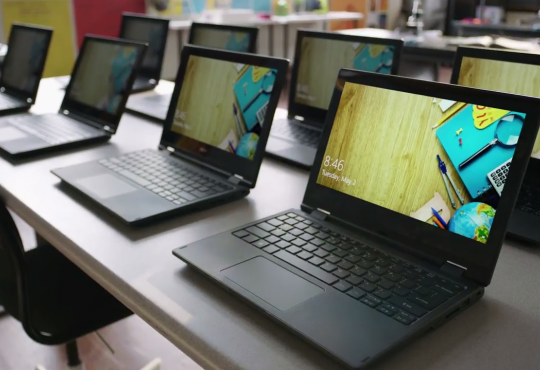
The newest technology that is representing human’s effort to push boundaries is 3D-printing. Although the technology has existed since the 1980s, 3D printing was only mainly used in industry and was not widely known until recent years. Instead of previously being limited to only creating 2D objects, 3D printing now also allows the user to create three-dimensional solid objects.

The general principles for 3D-printing, or additive manufacturing, utilize computer-generated design, and are usually created from animation modeling or computer aided design (CAD) software. The design is then converted into thin, virtual horizontal cross-sections. This particular process is generally known as ‘what you see is what you get’ or simply ‘WYSIWYG’. The printer will then start to lay down materials successively, layer by layer, as it reads these horizontal cross-sections, hence the term ‘additive method’. With this method, almost any shape and design is possible to be created. 3D printing material can range anywhere from paper to titanium alloy with various kinds of polymer and plastic film in between.
Besides its industrial uses such as rapid prototyping and research and rapid manufacturing, 3D printing has provided means for artists to expand their creativity limits. Designs such as iPods cases, jewelry and accessories have begun to be created and offered in various 3D printing services. The majority of non-industrial 3D printing was done solely by hobbyists and enthusiasts as of 2012, but there are several projects and efforts to develop 3D printers that are suitable and affordable for the household. Currently, 3D printers are offered in fully assembled forms or in kits. The cheapest machine in the assembled form is the Solidoodle 2 while the RepRapPro’s Huxley DIY 3D printer is the most reliable offered in kit form.
 |
 |
Industries have speculated that 3D printing can become one of the next major technologies for manufacturing. Researchers have also been utilizing 3D printing in various fields such as: organ printing, bio-printing and computer aided tissue engineering. In 2007, the Wall Street Journal and Time Magazine listed 3D printing as one of their 100 most influential designs of the year.
References
[i] [3D Printing]. (n.d.). Retrieved from https://i.ytimg.com/vi/FSu19nz7NlE/maxresdefault.jpg










